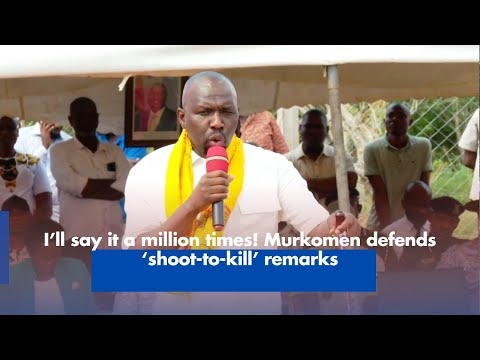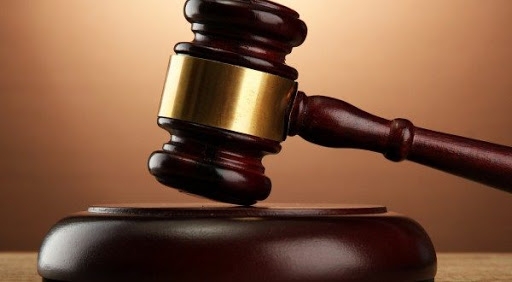It seems that in a presidential system of government, it is common periodically to find that prime ministers are on the political agenda.
Around the world, there are about 140 people called “Prime Minister” (grateful thanks to Wikipedia). (By the way, don’t turn your nose up at Wikipedia - while it may not be done to cite it in academic publications, research has shown that it is often very accurate. Many knowledgeable people have a hobby of sharing their knowledge with people in this way.)
However, only about 64 of them are what I would call really prime ministers. By this I mean they are the head of government in their country. There is another person who is head of state – either a president or a monarch. Sometimes that monarch or president has no or very few actual powers of government. And sometimes the president and prime minister each have some powers of government – and the system might be called “semi-presidential”. These people also can be called “real prime ministers”. Some prime ministers have very little power and are assistants to their presidents.
In Africa, we have the full gamut – from the prime ministers of Ethiopia and Mauritius who are the heads of government, through various semi-presidential systems (usually linked in the past to France) to those where the President is truly dominant and you might even be unaware that there was a Prime Minister (like Rwanda) and of course to Eswatini where the head of government and head of state is an absolute monarch – which does not really leave room for the Prime Minister to exercise any serious power.
So being called “Prime Minister” does not imply very much necessarily. It can certainly be a world away from the role in countries with formal monarchs and presidents – like several European prime ministers or those of most Commonwealth countries.
Generally, prime ministers are members of Parliament. One of their functions is as a link between government and the people’s representatives in Parliament. Even in Rwanda – where the PM is not in Parliament - he or she is supposed to keep Parliament informed of what the Cabinet is doing.
PRIME MINISTERS IN KENYA
We have had only one “true” Prime Minister – Jomo Kenyatta from 1963 to 1964.
Raila Odinga was called Prime Minister from 2008-2013. True, his position was in the Constitution – because of the amendments made as part of the post-election violence settlement. His powers were rather vague. He had “authority to co-ordinate and supervise the execution of the functions and affairs of the government” – and any other powers the President assigned. The system was designed to keep the country together rather than to be necessarily an effective system of government.
Raila was supposed to have been “Prime Minister” earlier. It was part of the MoU between his party and Kibaki’s in 2002, linked to constitutional reform. Kibaki resiled from this agreement and indeed from constitutional reform, though Raila says it was the Mt Kenya mafia around him that was responsible.
In reality, Kibaki probably realised that the Bomas draft constitution proposed not just a sidekick, but someone who would sideline any President and be the effective head of government.
So now, it seems, Raila promised Kalonzo Musyoka a position called “Prime Minister” (or maybe Chief Minister) and Deputy President William Ruto has promised Mudavadi one called “Chief Minister” - both conditional upon their drumming up certain levels of support.
What’s the difference?
None really. Labels are pretty meaningless though they may have symbolic meanings. “Prime Minister” is usually used in independent states, while “Chief Minister” was given to the local heads of government of British colonies before independence. These were heading governments with limited powers. They were practicing for independence.
Ronald Ngala was briefly Chief Minister, but Kenyatta was called Prime Minister from Madaraka in June 1963 to independence in December 12 that year, and continued until the system of government was changed and he became President on the first anniversary of Kenya’s independence.
Now “Chief Minister” is often used for heads of governments of second level units in a federal state such as India or Malaysia. Those countries have “Prime Ministers” as the head of government of the entire nation, but “Chief Ministers” as heads of government in the states.
COULD WE HAVE PM CONSTITUTIONALLY?
Probably so. But their constitutional status would be as a Cabinet Secretary. The makeup of the Cabinet is laid down in the Constitution and it could not be added to by the mere whim of the President or even an Act of Parliament. No doubt the President could assign some supervisory roles to a particular CS. But the President chairs the Cabinet, according to the Constitution.
Could the Prime Minister or Chief Minister get more money than other CSs? This would depend on the Salaries and Remuneration Commission. At present all CSs get the same salaries - though no doubt the remit of some is more onerous than others. And the SRC fixes these as an independent commission. Would it be prepared to raise one personal salary to pay the President’s electoral debts?
The PM/ chief minister would not be a member of Parliament. Nor would they be able to insist on liaising with Parliament on behalf of government. Who comes to Parliament is a matter for Parliament itself — except for the constitutional role of the President in making speeches to Parliament
And, since the Constitution says that the President appoints – and implies may dismiss – CSs, there is no way a President could be compelled to make good his undertaking to make a certain person PM or chief minister.
IS IT DIFFERENT FROM BBI?
Under the BBI scheme, the PM would have been an MP. And he or she would have been the person with the most support in the National Assembly.
But the BBI draft gave that person limited powers. First would have been as leader of government business in Parliament – now the job of the person called “Leader of the Majority Party”.
But of course it might be possible that the President did not have the support of the largest party, and might have had to appoint as PM a political enemy. That would have been interesting – to put it mildly. It can happen in France. They call it cohabitation.
Under the BBI, the PM would “supervise the execution of the functions of ministries and government departments.” Exactly how this could be done was unclear. Individual CSs and their senior civil servants should ensure that functions are actually carried out. It was never clear how the proposed PM would do it.
He or she would have chaired Cabinet committees – but only if directed by the President.
In other words, it was not a very big job – but a bit bigger than the now promised PM or chief minister.
Why would one want to be PM or chief minister?
This is a bit of a mystery, especially now that Kitui Governor Charity Ngilu is apparently thinking of vying to replace Kalonzo in this scenario. Why would one want to be PM rather than governor?
It could have status, and prestige. It could have perks –More money? A house? But only if SRC agreed.
It is hard to imagine much job satisfaction. We may be able to see the achievements of the Cabinet Secretary for Agriculture, or Housing or Education. And the President can claim credit for overall guidance and inspiration. But the Prime (or chief) minister would have neither – probably, as Ruto has complained, being blamed for mistakes but getting no credit for successes.
And if the President died in office (a possibility not to be ignored if that President should be as old as Raila) one would not even act as President. That is for the Deputy President – who might even sack one.











